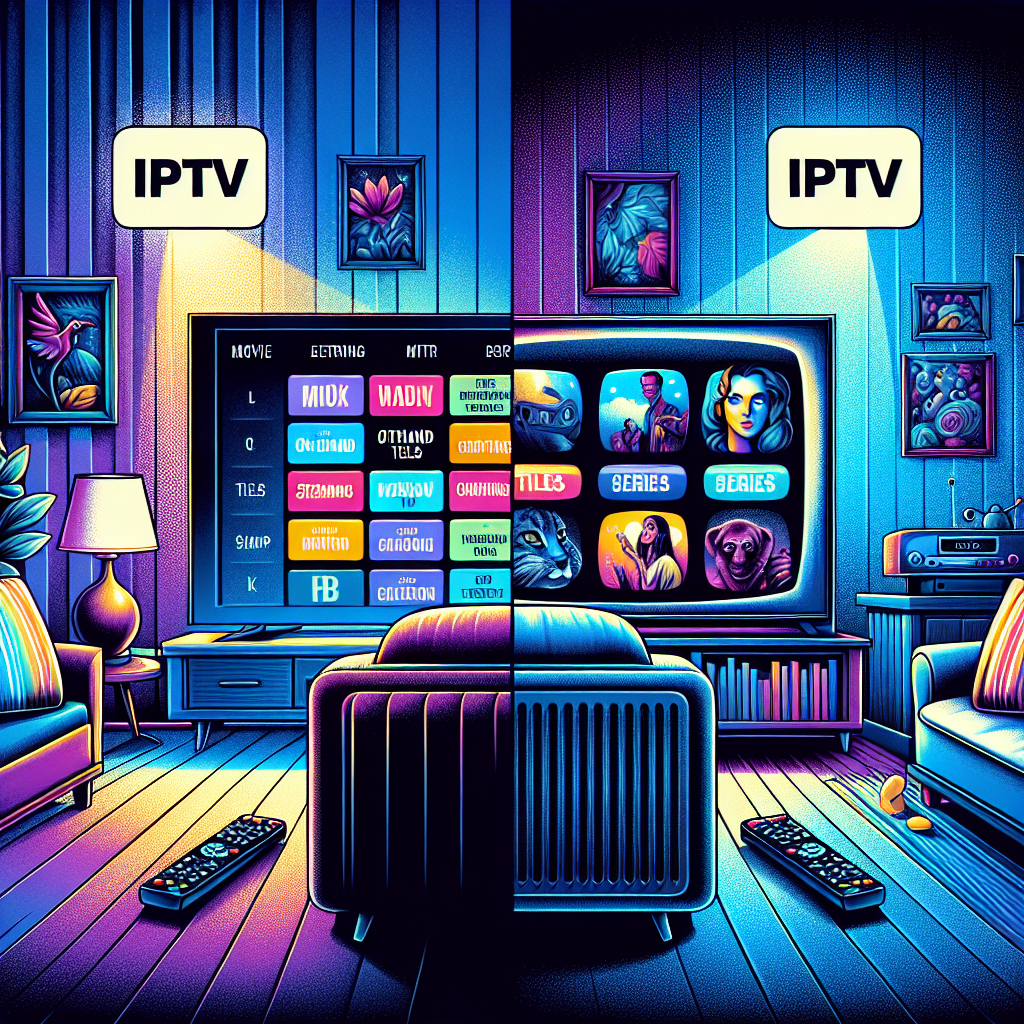Your cart is currently empty!
IPTV vs. Traditional Cable: A Comparison of Features and Pricing

IPTV vs. Traditional Cable: A Comparison of Features and Pricing
In recent years, the way we consume television content has undergone a significant transformation. With the rise of internet-based services, traditional cable TV providers are facing tough competition from IPTV (Internet Protocol Television) services. Both options offer a wide range of channels and on-demand content, but there are key differences between the two that consumers should consider before making a decision.
Features
One of the main advantages of IPTV is its flexibility and convenience. With IPTV, users can access their favorite channels and on-demand content from any device with an internet connection, including smartphones, tablets, and smart TVs. This means that you can watch your favorite shows on the go or catch up on missed episodes whenever and wherever you want.
On the other hand, traditional cable TV requires a set-top box and a physical connection to your TV, limiting the flexibility of where and when you can watch TV. Additionally, IPTV services often offer features such as cloud DVR, allowing users to record and store their favorite shows for later viewing.
Pricing
When it comes to pricing, IPTV services can be more cost-effective than traditional cable TV. Many IPTV providers offer a wide range of channel packages at competitive prices, allowing users to customize their subscription based on their viewing preferences. Additionally, IPTV services typically do not require long-term contracts, giving consumers the freedom to cancel or change their subscription at any time.
Traditional cable TV, on the other hand, often requires users to sign long-term contracts and may charge additional fees for equipment rental and premium channels. While some cable providers offer bundling options with internet and phone services, these packages may end up being more expensive than standalone IPTV subscriptions.
Overall, both IPTV and traditional cable TV have their own set of advantages and drawbacks. Ultimately, the choice between the two will depend on your viewing habits, budget, and preferences for features and flexibility. It’s important to carefully compare the features and pricing of both options before making a decision to ensure that you are getting the best value for your money.

Leave a Reply